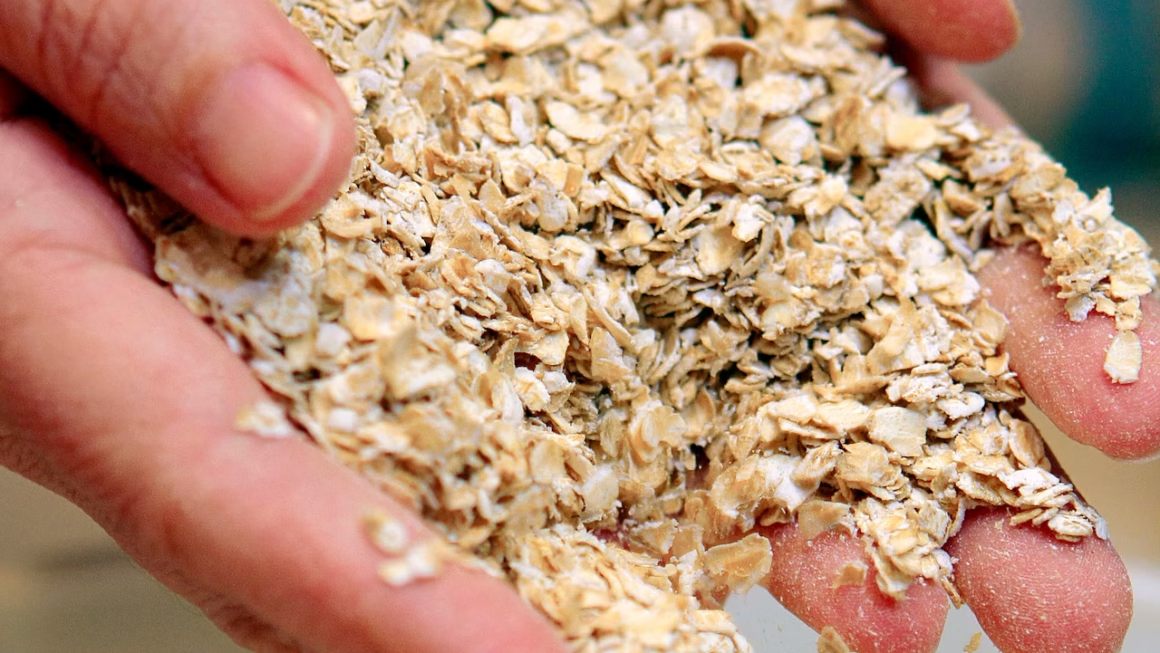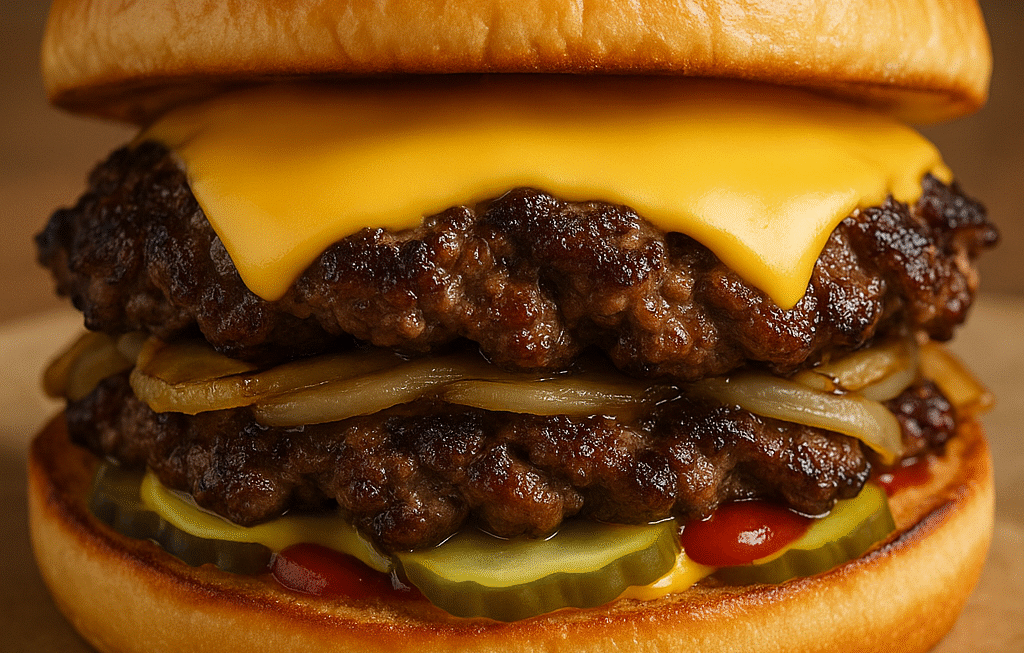Introduction
Cooking is an art that combines creativity, precision, and technique. Whether you’re a beginner or an experienced home chef, mastering essential cooking techniques can elevate your dishes to a professional level. In this guide, we will explore 10 fundamental cooking techniques that every home cook should know. These skills will help you create flavorful, well-balanced, and perfectly cooked meals with confidence.
1. Knife Skills: The Foundation of Cooking
A sharp knife and proper cutting techniques are crucial for efficient and safe cooking. Learning how to chop, dice, julienne, mince, and slice correctly will save time and improve the presentation of your dishes. Invest in a high-quality chef’s knife and practice your cutting skills regularly.
Pro Tip:
- Use the rocking motion technique when chopping for consistent results.
- Keep your knife sharp and clean to prevent accidents and ensure precision.
2. Sautéing: Enhancing Flavor Quickly
Sautéing involves cooking food quickly over medium-high heat using a small amount of oil or butter. This technique is perfect for vegetables, meats, and aromatics like garlic and onions, allowing them to develop rich flavors without becoming soggy.
Key Tips:
- Use a wide pan to avoid overcrowding.
- Stir frequently to ensure even cooking.
- Preheat the pan before adding ingredients for the best results.
3. Boiling and Simmering: Controlling Liquid Heat
Boiling and simmering are essential for making soups, pasta, and stews. While boiling is done at 212°F (100°C), simmering is a gentler cooking method, ideal for extracting flavors and tenderizing food.
When to Use:
- Boiling: Cooking pasta, rice, or blanching vegetables.
- Simmering: Making broths, sauces, and slow-cooked dishes like stews.
4. Roasting: Achieving Crispy, Golden Perfection
Roasting uses dry heat in an oven to create deep flavors and crispy textures. It’s commonly used for meats, poultry, root vegetables, and even nuts.
Best Practices:
- Use a high temperature (375°F – 450°F / 190°C – 230°C) for a crispy exterior.
- Baste meats periodically to keep them juicy.
- Arrange food in a single layer for even cooking.
5. Grilling: Infusing Smoky Flavors
Grilling adds a charred, smoky flavor to food, making it a favorite technique for cooking meats, fish, and vegetables.
Grilling Tips:
- Preheat the grill properly to avoid sticking.
- Use direct heat for thin cuts and indirect heat for larger pieces.
- Let meat rest after grilling to retain juices.
6. Baking: Mastering the Science of Heat
Baking requires precise measurements and temperature control to create breads, cakes, pastries, and casseroles. It’s a dry-heat method that relies on even heat distribution in an oven.
Key Factors:
- Always preheat the oven before baking.
- Use accurate measurements for best results.
- Don’t open the oven frequently, as heat loss can affect the final product.
7. Steaming: Retaining Nutrients and Moisture
Steaming is a gentle cooking method that preserves nutrients, texture, and flavor by using hot steam instead of direct heat. It’s commonly used for vegetables, fish, and dumplings.
Benefits of Steaming:
- No need for added fats or oils.
- Prevents overcooking and maintains food’s natural taste.
8. Braising: Tenderizing Tough Cuts
Braising involves slow-cooking food in a small amount of liquid at a low temperature, making it ideal for tough cuts of meat and hearty vegetables.
How to Braise:
- Sear the meat first for added flavor.
- Cook slowly over low heat for maximum tenderness.
- Use flavorful liquids like broth, wine, or tomato sauce.
9. Blanching and Shocking: Locking in Color and Texture
Blanching involves briefly boiling food and then quickly cooling it in ice water (shocking) to stop the cooking process. This technique is perfect for preserving the vibrant color, texture, and nutrients of vegetables.
Uses:
- Prepping vegetables for freezing.
- Peeling tomatoes or almonds easily.
- Softening food before further cooking.
10. Plating and Presentation: The Final Touch
Great cooking is not just about taste but also visual appeal. Learning how to plate food attractively makes meals more appetizing and restaurant-worthy.
Presentation Tips:
- Use contrasting colors for a visually appealing dish.
- Arrange food in odd numbers (e.g., three shrimp instead of four).
- Wipe plate edges for a clean, professional look.
Conclusion
Mastering these 10 essential cooking techniques will make you a more confident and skilled home chef. Whether you’re cooking for yourself or entertaining guests, these skills will help you create delicious, well-balanced meals with ease. Start practicing today and elevate your home cooking to a professional level!




